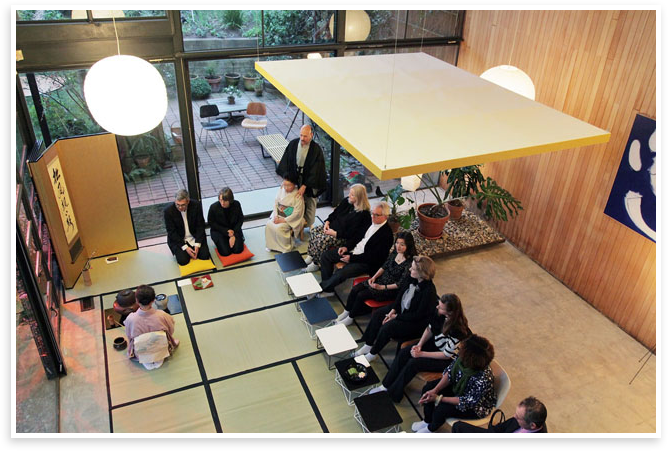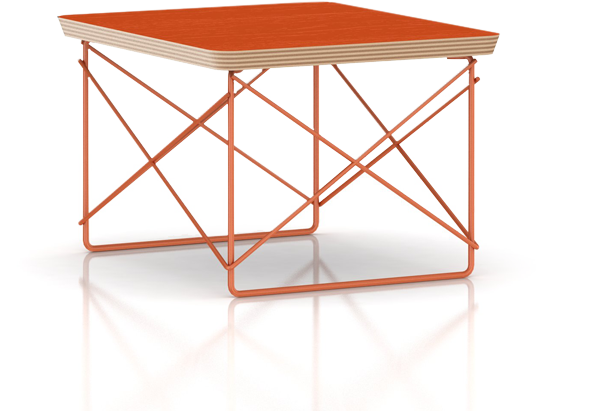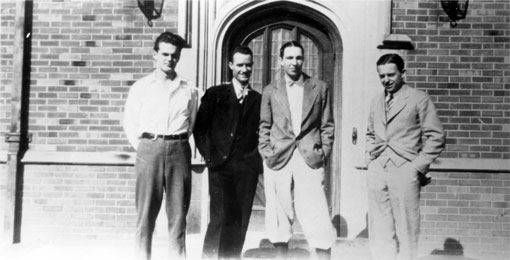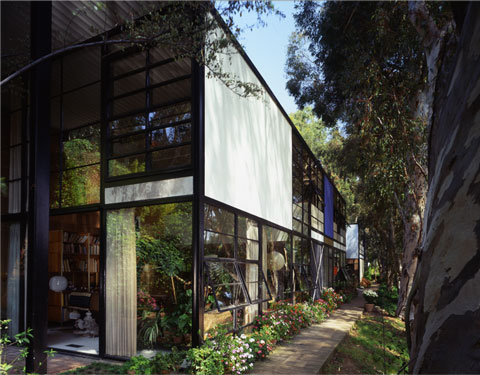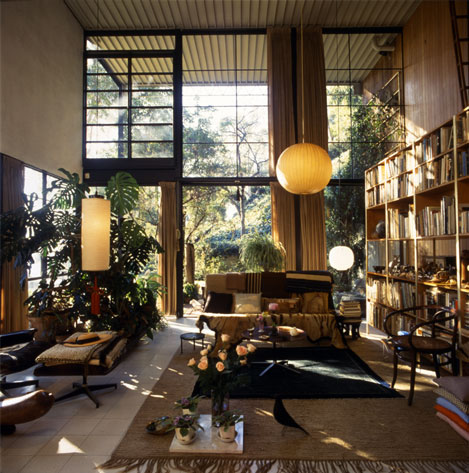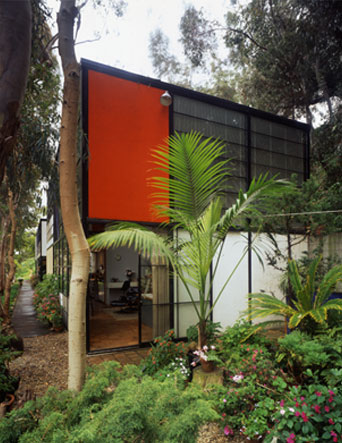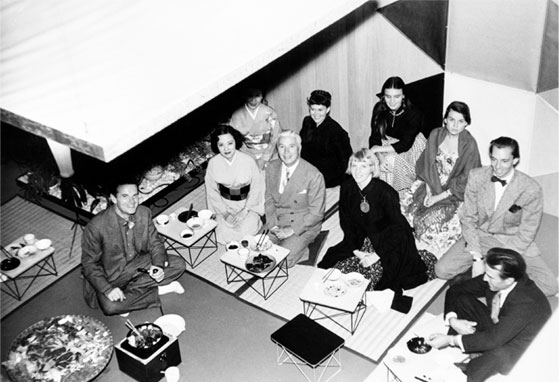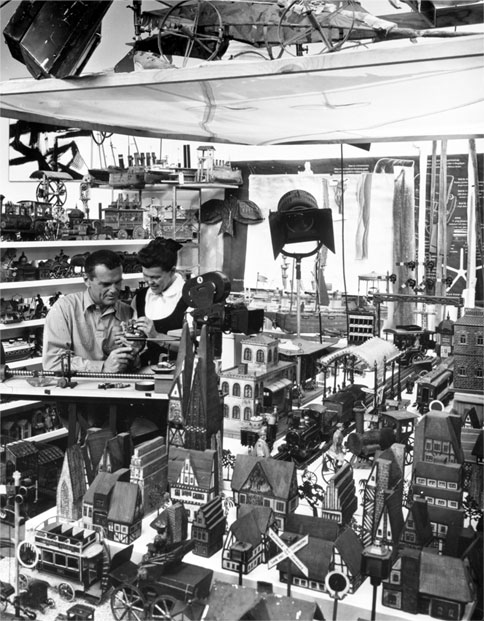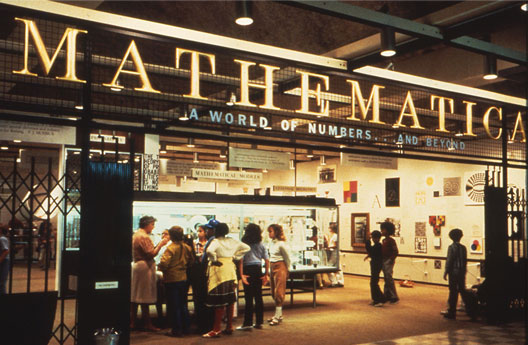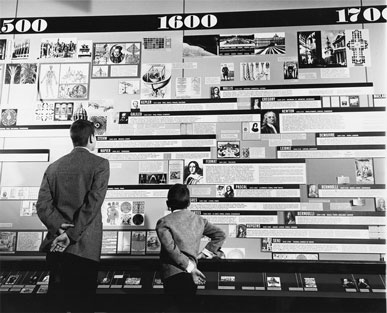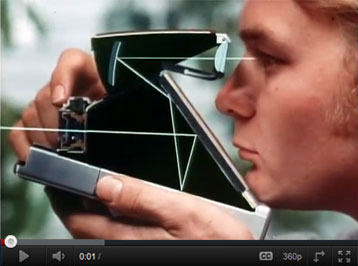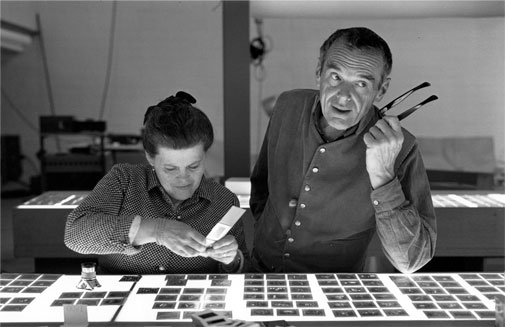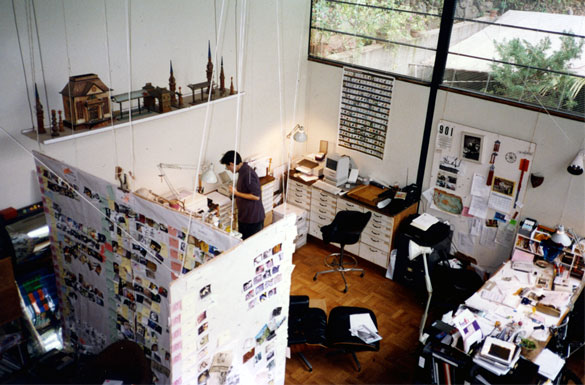Charles Ormand Eames, Jr., was born in St. Louis where he briefly studied architecture at Washington University. A fan of the work of Frank Lloyd Wright and the modern architecture movement, he later opened an architectural office in St. Louis.




Ray Eames, nee Ray Kaiser, was born and raised in Sacramento. After graduating from a college in New York, she studied abstract expressionist painting with Hans Hofmann.


Charles and Ray met at Cranbrook Academy of Art in Bloomfield Hills, Michigan — Charles as a teacher and Ray as a student.


Their love bloomed quietly but quickly. On June 20th, the two married at a friend’s apartment in Chicago.

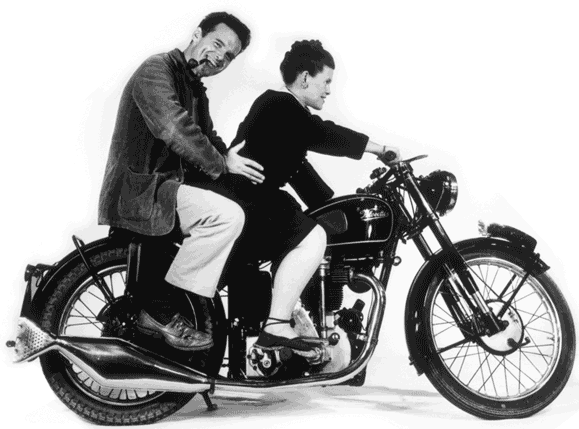
A month later, the newlyweds moved to Los Angeles to begin their life and career together.
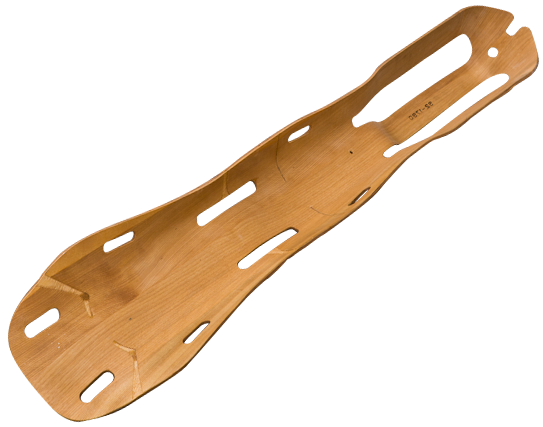



Charles and Ray designed the Eames Splint for the U.S. Navy. As always, they were fully immersed: Charles’s leg was used for the mold, causing him quite a bit of pain as most of his leg hair was pulled out in the process. An estimated 150,000 units were produced.


Arts & Architecture magazine introduced the Case Study program. Originally, eight offices were commissioned to design eight different houses—all slated to be constructed. Each case study would focus on a particular client, modernist ideals and the reuse of technologies realized in the war effort. In the end, 35 houses were designed with 24 of them being built.
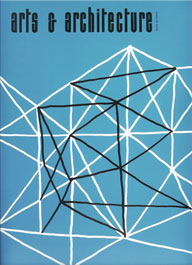
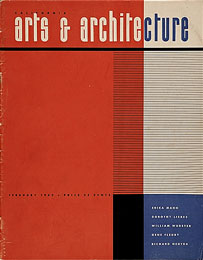
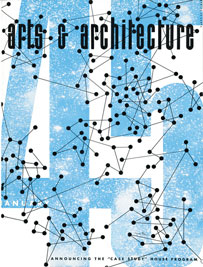
The original design for Case Study House #8 (by Charles Eames and Eero Saarinen and referred to as the Bridge House) was rethought after Charles and Ray fell in love with the meadow on which the house was to be built.
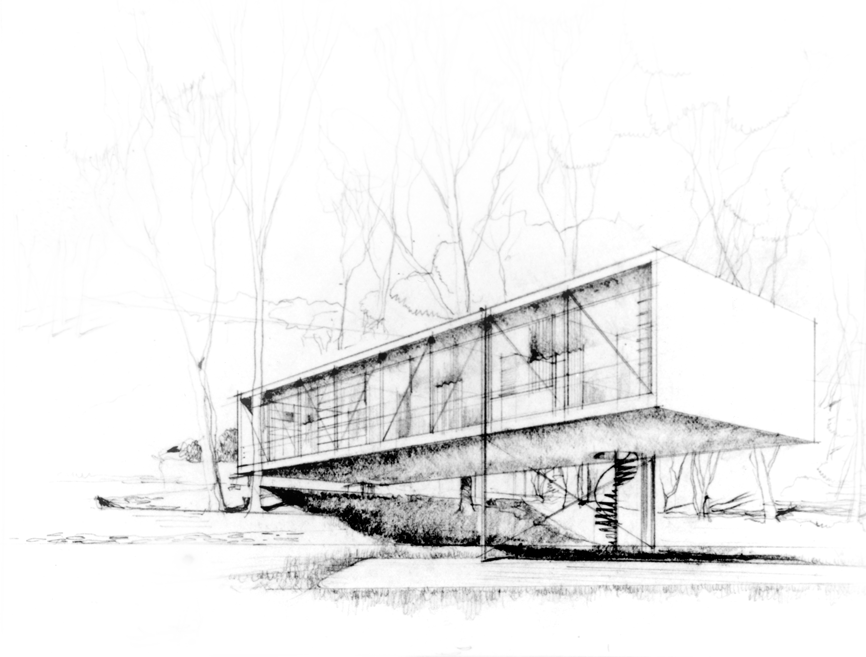


Acting as both designers and clients, the Eameses saved the meadow in their final design, which tucked the House into the hillside behind the trees, perpendicular to the previous Bridge House design, with work and living spaces separated into two buildings. This design not only spared two Eucalyptus trees, it made more efficient use of the construction materials.



Case Study House No. 8, which would later become known as the Eames House, was constructed. On Christmas Eve of the same year, the Eames moved into the home where they would spend the rest of their lives.
See the video »


Charles and Ray honored the guest-host relationship whether designing furniture or entertaining guests at their home. Sculptor Isamu Noguchi and actor Charlie Chaplin, among others, were invited for a tea ceremony at the Eames’ home where Charles created an individual wire table for each guest.
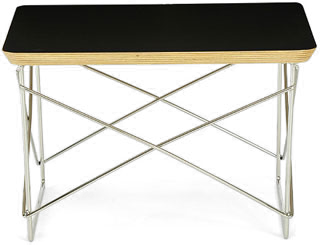


After years of exploring the possibilities of molding plywood into compound curves, Charles and Ray designed and produced a number of pieces of plywood furniture, including chairs, tables, case goods, radio enclosures, and folding screens. During this year, the Eameses began their association with Herman Miller, who continues to produce their furniture today.
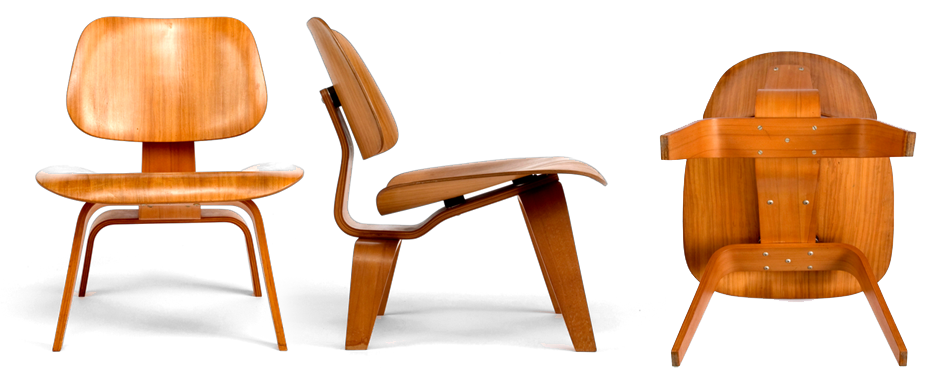


RAR — Rocker height, Armchair shell, Rocking base
A landmark design from Charles and Ray Eames, these were the first industrially manufactured plastic chairs. Their clean, simple forms cradle the body. Still in production, today’s RARs are of authentic original design with updated, eco-friendly materials and manufacturing and a large selection of base, shell and color combinations.
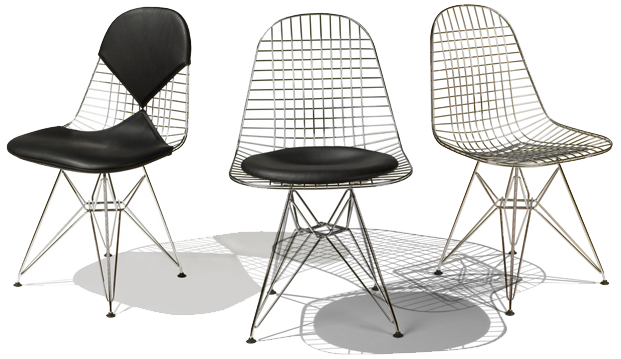


After pioneering the media of molded plywood and plastic, the Eameses designed their Wire Mesh Chair—a single, lightweight, sturdy unit.


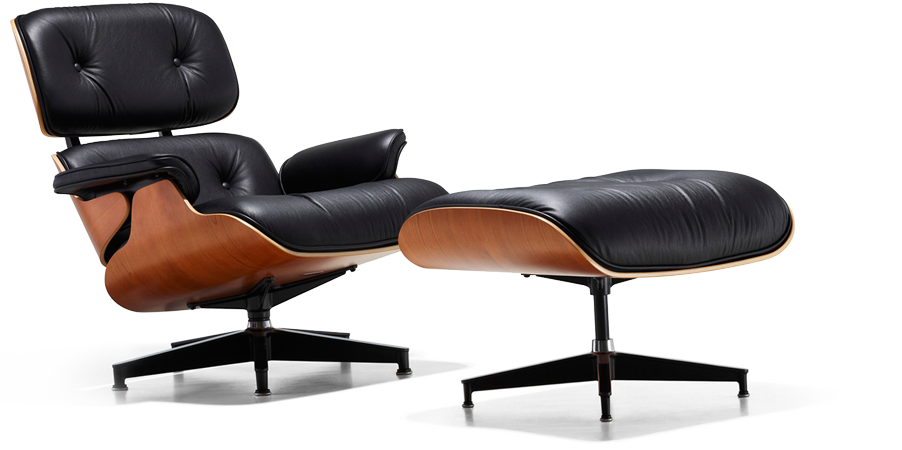
The Eames Lounge, their first foray into the high-end furniture market, became a status symbol after its release. Considered a masterpiece of industrial design, the Eames Lounge has been in continuous production since its release and is one of the most famous chairs in existence.


The Eameses saw a need for a comfortable executive chair and responded with a series of padded leather swivels that would greatly influence the design of modern computer chairs. The chairs pictured are considered rare as they were quickly replaced by the Eames soft pad group.
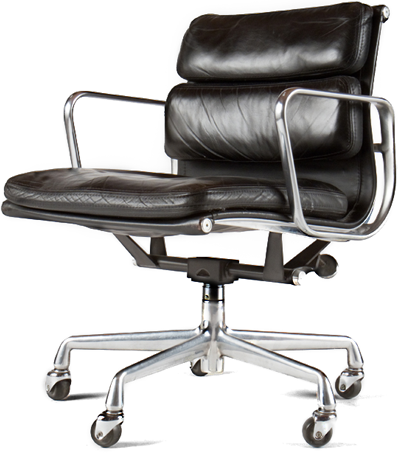


Using a series of over 300 slides, Charles and Ray produced House: after five years of living.
See the video »


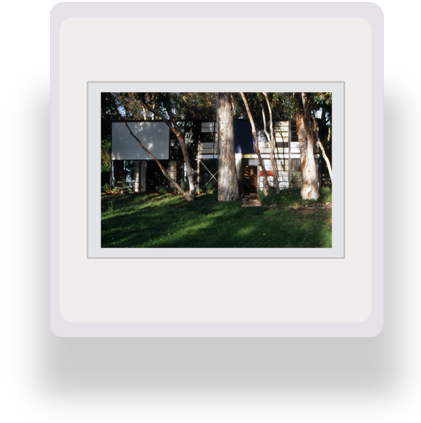




Shot over four years using toy trains (not scale models), Toccata for Toy Trains lauds the craftsmanship of good old toys in which there was no self-consciousness about the use of materials. The obvious parallel to be drawn is to the Eames’ own approach to design.
See the video »
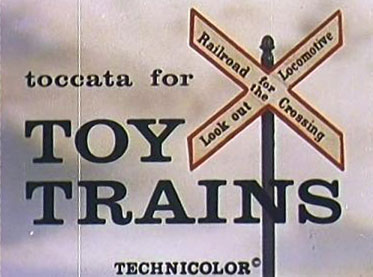


IBM commissioned Charles and Ray to design an exhibit for the California Museum of Science and Industry. Their answer was Mathematica: a world of numbers…and beyond, an exhibit featuring interactive displays showcasing the fun and elegance of mathematics.
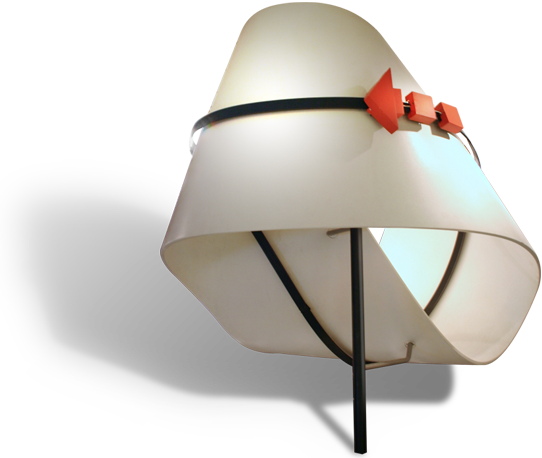


Established as pre-eminent communicators and visual masters of their day, the Eameses were asked by Polaroid to make a promotional announcement about the SX-70, the camera that would revolutionize instant film. As would be expected from Charles and Ray, the film went beyond advertisement and spoke to the unique splendor of photography.
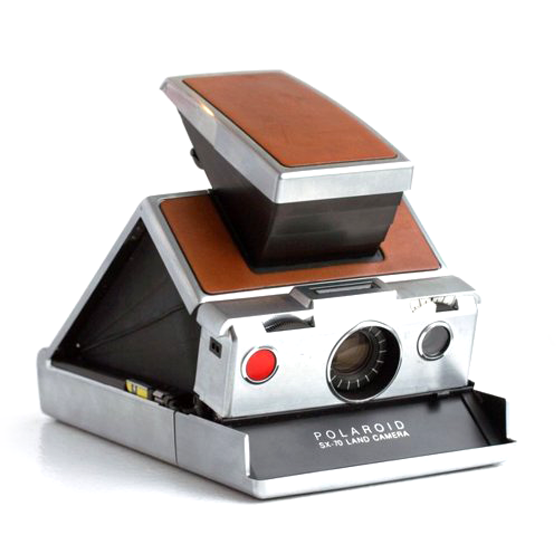


Again working with IBM, the Eames produced another film. Powers of Ten explores, “the effect of adding another zero,” putting the universe into perspective exponentially. Seen by millions of people all over the world, this was one of Charles's last major projects before his death the next year.

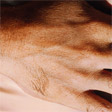
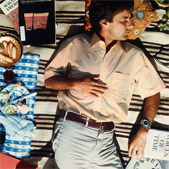




Charles died of a heart attack while in his hometown of St. Louis. The Eames aesthetic would become integrally linked with its time period in America and would greatly influence modern design.


After Charles’s death, Ray completed their unfinished projects and then spent her remaining years working on a comprehensive book about their work and preparing for the transfer of over 900,000 objects to the Library of Congress. She died ten years to the day after Charles.


The Eames Office, directed by Eames Demetrios (pictured), one of Charles and Ray’s grandchildren, moves its home to the Eames House, where it would remain for 15 years.


Eames Fabrics are the first to be included in Maharam's Textiles of
the 20th century collection--still in production today.
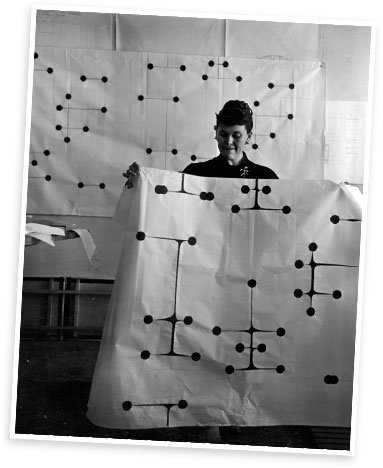
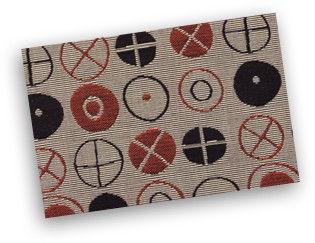
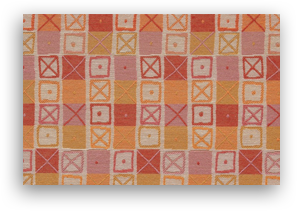
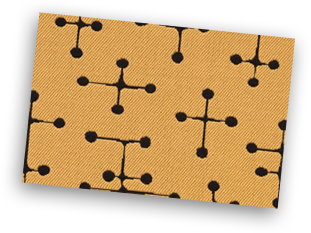


The Eames Foundation was established by Lucia Eames, Charles’ daughter and owner of the Eames House, in order to preserve and protect the Eames House and to provide educational experiences that celebrate the creative legacy of Charles and Ray Eames.



The Eames House is named a National Historic Landmark and placed on the National Register of Historic Places.
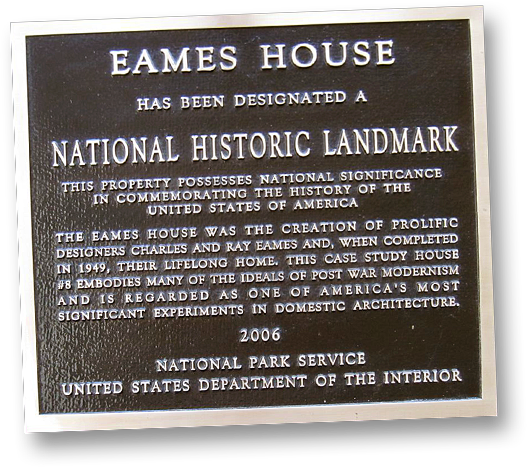


Charles Eames Centennial. As one of many celebrations. Vitra and Eames Office manufacture the Eames Elephants designed by Charles and Ray.


The United States Postal Service honored the national significance of Eames legacy with a set of 16 stamps featuring examples of their work from every medium.
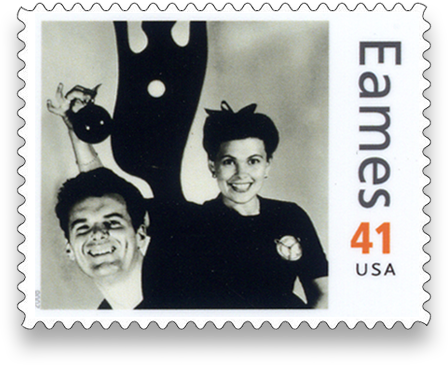
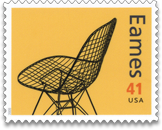
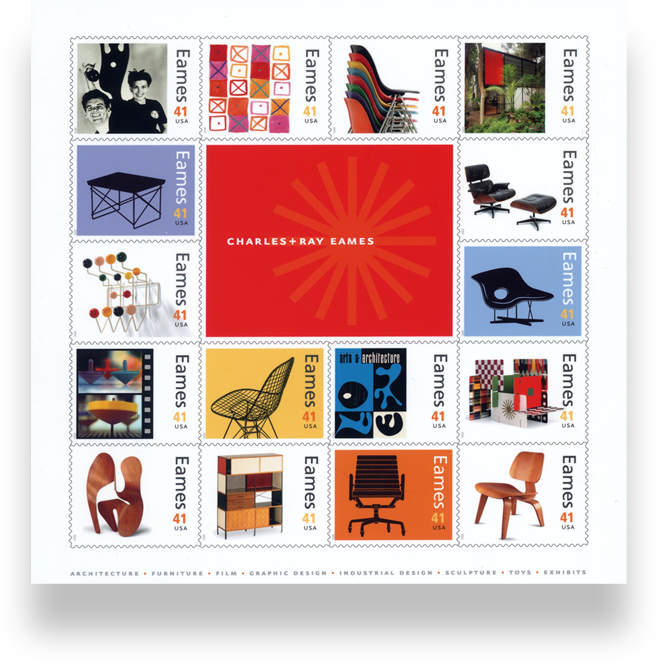
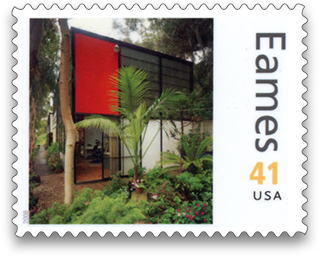


House Industries created the Eames Century Modern typeface, a carefully crafted collection of characters inspired by design elements from the entire Eames oeuvre. Used throughout this site, this family of letters, numbers and graphic symbols contains typographic elements found in some original Eames exhibits.










A preservation plan is developed to maintain the current condition of the historically and artistically significant Eames House, inside and out, for the next 250 years. The plan is able to build on the remarkably good and authentic condition of the house, a tribute to the care taken—first by Charles and Ray and then their descendants.



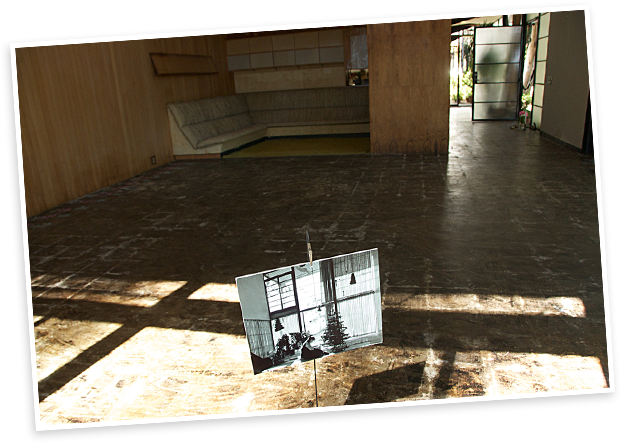
Contents of Eames House Living Room moves to LACMA temporarily as part of the Pacific Standard Time exhibition.
Rap artist Ice Cube filmed a short video for the exhibition as well.
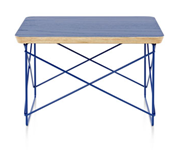
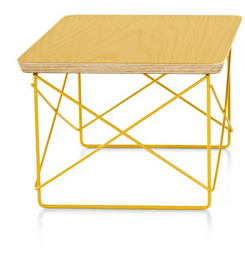


1951 Tea Ceremony recreated with original teamaster, Mrs. Matsumoto, presiding. Ray Eames Centennial LTRs released by Herman Miller. Conservation work begins.
